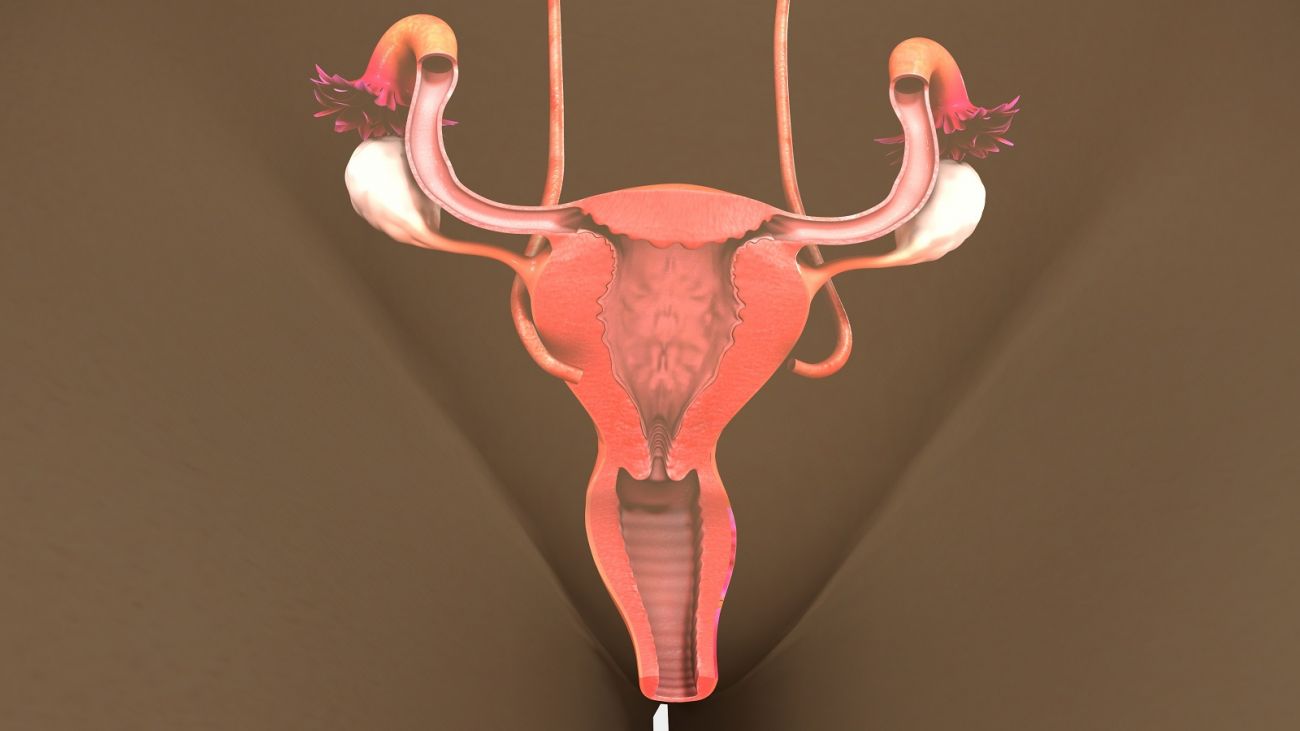Cell changes in fallopian tubes seen as target for early detection
One of the biggest challenges in treating ovarian cancer is the fact that most women are not diagnosed until the cancer has already advanced and five-year survival is around 30%. By contrast, early-stage disease is highly treatable, with a survival rate of 90%.
Currently, there isn’t a screening test to detect early ovarian cancer, but Roswell Park researchers are working hard to change that.
Over the last decade, scientists have learned that a condition found in the fallopian tubes called serous tubal intraepithelial carcinoma (STIC) is a precursor to the majority of ovarian cancers. STIC simply means that there are precancerous changes taking place in the fallopian tubes, creating lesions or clusters of abnormal cells. These abnormal cells develop at the ends of the fallopian tubes and drop onto the surface of the ovaries, where they take root, grow and turn into cancer. STIC lesions take about five to seven years to become malignant, offering a unique window of opportunity to detect the condition and treat it (by surgery to remove fallopian tubes and ovaries) and prevent ovarian cancer altogether.
“Think of STICs in the way that doctors check for cervical dysplasia, ” explains Kunle Odunsi, MD, PhD, FRCOG, FACOG, formerly of Roswell Park Comprehensive Cancer Center. “A Pap test can identify whether there are abnormal, precancerous cells on the cervix. And when there are, doctors are able to take care of it and prevent cervical cancer from developing. This is what researchers are trying to do with ovarian cancer by examining STICs.”
Understand your risk for ovarian cancer
Are you at risk for ovarian cancer? Fill out our online risk assessment form.
Therefore, the goal is to detect these precancerous lesions early so that treatment will have a significant impact on reducing disease morbidity and mortality. The problem, however, is that most women with STIC never know it. The condition doesn’t cause any symptoms, and because the fallopian tubes are located deep in the pelvis, there isn’t a way to take a swab or Pap test of the tubes. STIC is usually discovered incidentally when women undergo gynecologic surgery for cancer or other benign conditions, or when high-risk women have preventive surgery to remove the ovaries and fallopian tubes. With these surgeries, the fallopian tubes are examined very carefully under the microscope.
So the question is: How can we detect STIC lesions before they progress to cancer? “Can we identify molecules that are shed into the blood by these abnormal cells?” asks Dr. Odunsi. “Can we identify what they’re making? Are there proteins or metabolites that we can use as a biomarker, and detect with a blood test?” If STIC and early-stage ovarian cancer could be identified with a blood test, then women would be able to pursue preventive options or curative treatment.
A new research initiative is underway to discover these potential biomarkers. The DoD and SPORE Ovarian Cancer Omics Consortium is uniting teams from leading academic centers to apply their resources, biorepositories and emerging technologies to tackle this challenge. Joining Roswell Park in the collaboration are The Mayo Clinic Cancer Center, MD Anderson Cancer Center, Inova Health System and the Department of Defense Gynecologic Cancer Translational Research Center of Excellence.
“We have an explosion of powerful technologies now that can generate big data and give us information about the proteins, chemicals or metabolites that these cells are making,” says Dr. Odunsi. “And now we know that many ovarian cancers arise from STIC lesions. With the marriage of both the technology and new knowledge and the assembly of investigators coming together, we can solve this problem and develop a test that will change the face of ovarian cancer.”

